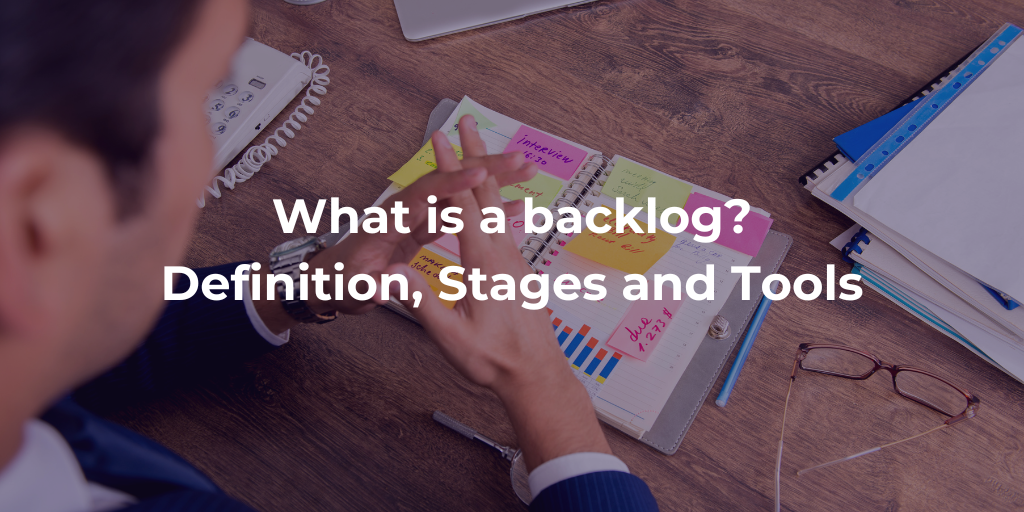Categories
Tags
Newsletter
Subscribe to the QRP International neswletter and get all the news on trends, useful contents and invitations to our upcoming events
Subscribe
The product backlog is defined by the scrum guide as “an ordered and emergent list of what is needed to improve the product“. Xavier Koma adds that it is an ordered list of all the features/items, regardless of their form or format. This can be a user story, a specification, a brief or a mock-up with a powerpoint. As long as the team agrees on the format, they can keep the same communication and understanding.
The Product Owner (PO) is responsible for the backlog and generally refines it together with the whole team. This will influence the user stories so that they are ready to be taken over by the developers. The development team may write the technical user stories, but it is always the Product Owner who prioritises all the items.
The product backlog has some remarkable characteristics. Claude Aubry has provided the acronym “prouvé (French for “proven”) to highlight them:
The product backlog is an important artefact of scrum and is the main working tool of the product owner. To effectively manage a backlog, here are the 5 most important steps:
First of all, it is necessary to establish the vision of the project, in other words to clearly define the objective that the project must achieve and to list the different actors. It is important that this vision is accepted and understood by all. It must be a consensus since the team will have to join after the PO in order to carry out the project according to its objective.
Then it’s time to write the user stories, keeping in mind the questions: what features will be created? In what order should they be delivered? For whom are they intended?
You can organise your product backlog by:
There are several definitions. The EPIC can be at the same level as the feature or the theme. The initial definition of the EPIC is a big story, a need, with little visibility. This famous EPIC will be broken down into several user stories. We then talk about the maturation of the EPIC to become a user story. In a SAFe environment, the EPIC is the first level, before the theme, and therefore the most macro.
There are several possible meanings of the term EPIC, but the most important thing is that the team determines its own definition, and that everyone is aligned.
When prioritising the product backlog, the PO often encounters a common problem: a vague and inconsistent prioritisation process. As a Product Owner, you receive daily feedback, new ideas and feature requests from many stakeholders and you can’t say yes to everyone. Your stakeholders may be confused as to why you chose to prioritise one item over another and may feel that they do not have enough influence on your prioritisation process. An important step in addressing these issues is to standardise the prioritisation process. There are various techniques for doing this:
These techniques create a repeatable, more transparent and less random approach to your prioritisation.
Product Backlog Refinement, also known as Backlog grooming, is a Scrum practice that has the role of refining the content of the product backlog. It is an ideal moment to check the quality of a user story with the whole team and to question them. Thanks to everyone’s input, the Product Owner can refine the user stories selected for the sprint. Before launching an iteration (cycle of 1 to 4 weeks), the Product Owner and the team must ensure that the user stories are achievable by one person and in one iteration.
In order to optimise the user stories, the team must define together, during the Backlog Refinement Meeting, the acceptance criteria for a user story. This will make it possible to check whether the user story can be considered as “done”.
As a reminder: the “Definition of Done (DoD)” is the quality of the product delivered. It is the list of criteria that allow us to decide that a feature is “finished”, and that it can be delivered at the end of a sprint. It is applicable to all backlog items.
The velocity of a team is based on the “finished” features. It is a contract between the team and the Product Owner (who represents the stakeholders and is the voice of the customer). It clearly defines the criteria to be met for a user story, iteration, or release to be finished and delivered.
A first version of the backlog must be defined before the first sprint in order to orchestrate developments, as the product backlog also serves as a planning tool. Depending on the team’s velocity (calculated in the story point), sprints are created and loaded with US estimated in the story point. As the sprints progress, the backlog is expanded with new EPICS corresponding to a new identified need, new US to complete a feature already developed, bugs or technical tasks to prevent the product’s technical debt.
The product backlog can be created on a simple Excel file, but certain tools facilitate the monitoring of user stories, such as JIRA, Trello or Project board.
Source: La Minute Agile, Scrum Life, Le Guide du Scrum Product Owner – Nutcache